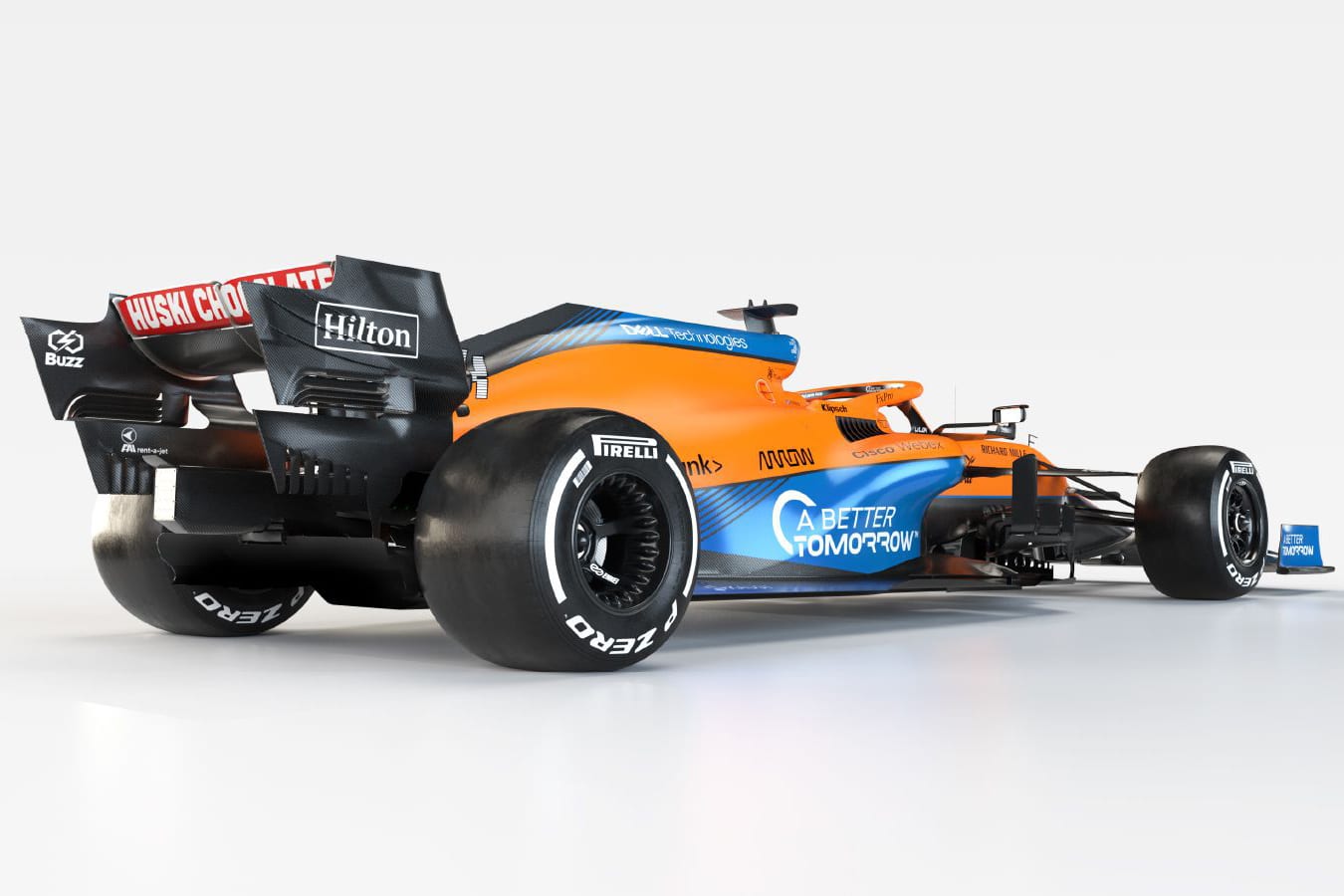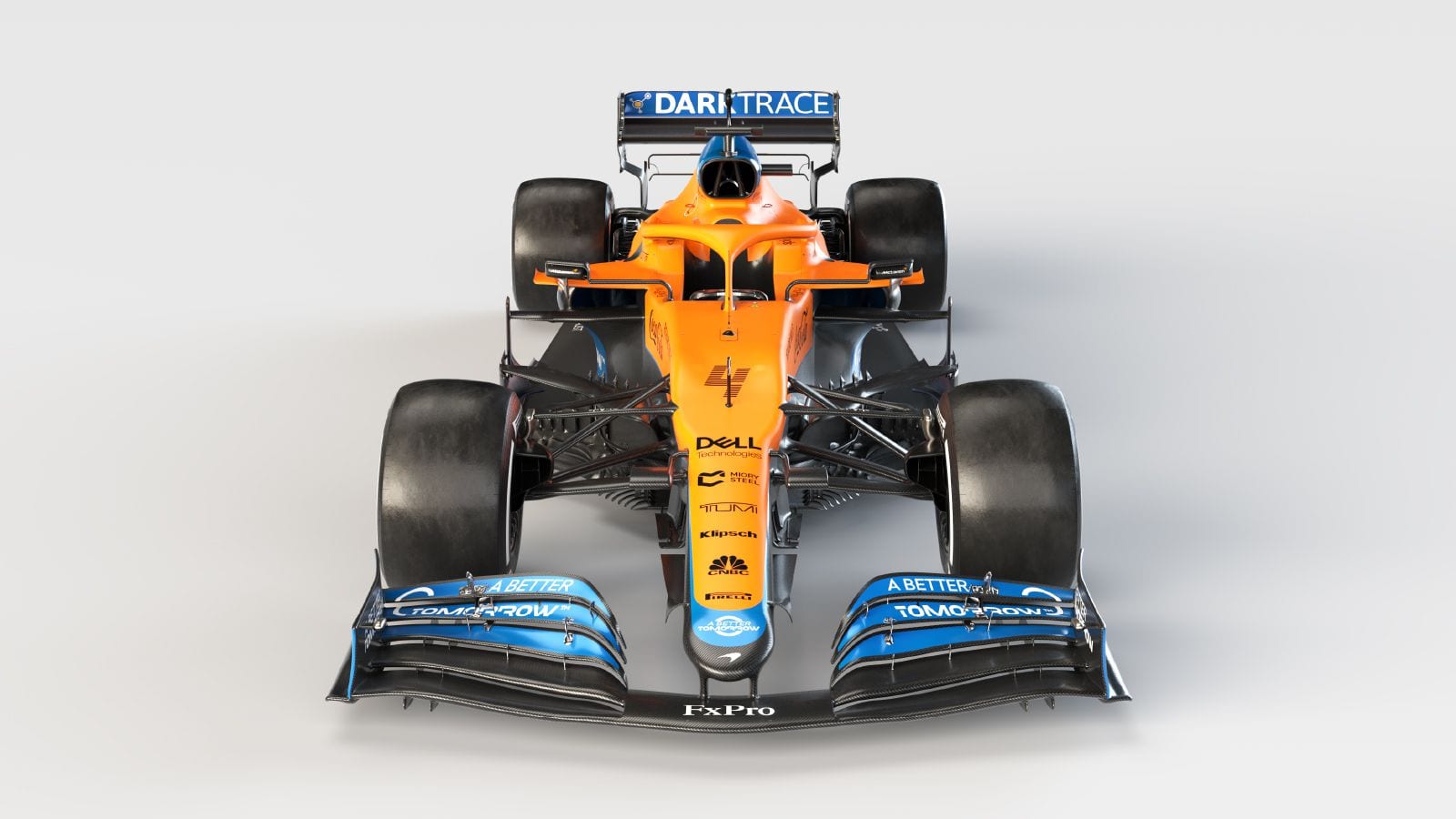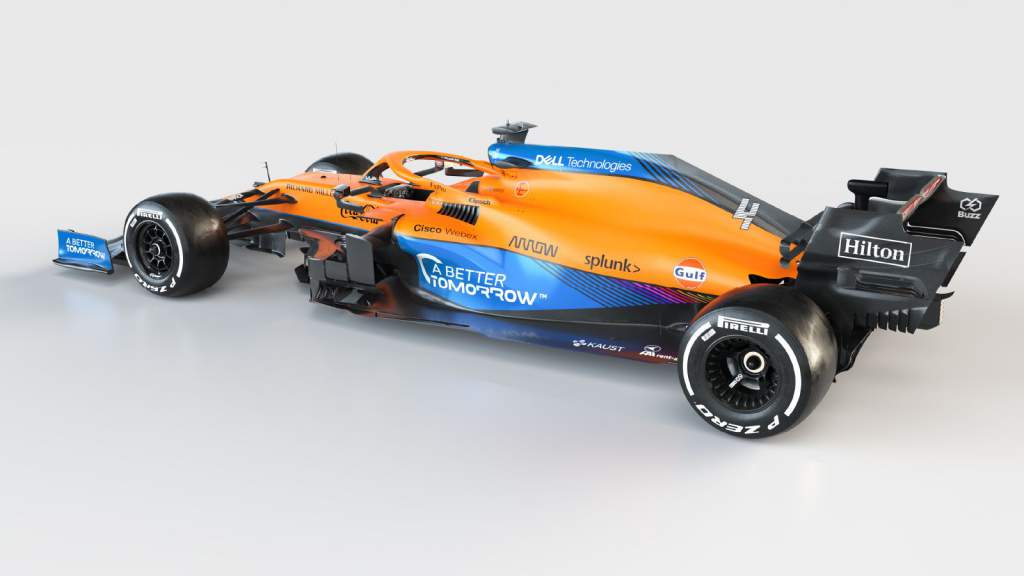Up Next

For McLaren, the 2021 Formula 1 season is the year it should be back to where we would all like to see this team competing.
It had been on a downward slide that started after a 2012 season where the car was fast, but had too many problems to challenge for the championship.
Following the ensuing slump, which got worse in the Honda era, in 2019 it really started to put the pieces together to rebuild the jigsaw that makes up a frontrunning F1 team.
It has Andreas Seidl, a man with a lot of experience at the highest level including leading Porsche’s successful World Endurance Championship programme, and James Key as technical director. Key is someone I know well and a very competent engineer for that position.
Driving-wise, Daniel Ricciardo is a very good qualifier, a proven race winner and someone who is very good at motivating a team. Lando Norris is McLaren’s up and coming protege who has shown some incredible turns of speed and racecraft over the last two seasons.
The new part of the jigsaw is its renewed association with Mercedes as engine supplier.
Yes, McLaren is still a customer team but with the limited amount of engines allowed during a single season, all Mercedes engine users will get the same treatment. Gone are the days of the works teams throwing new engines at its cars every time they left the garage.
Also, McLaren is the only team that has had – more or less – a free hand at what it could do to its car for 2021. Being committed to the swap from Renault to Mercedes power unit for 2021 meant it had to build a – more or less – new car. With that, it will have optimised a few parts that were probably outside of the scope required to simply fit a different power unit.
Finishing third in the constructors’ standings in 2020 was McLaren’s best championship position since 2012. It was right back 1998 when McLaren last won that title.
So now it’s about closing the gap to the big two of 2020: Mercedes and Red Bull. It won’t be easy and there is plenty of competition that will be biting at its heels. Because of that, it would actually be very easy to score more points this year but end up fifth in the championship.
The installation of the Mercedes power unit has been the key challenge, but unfortunately it’s all hidden from view and we can see very little of the detail required to achieve this.

Key talked about the rear end of the bodywork being a bit tighter than before and the sidepods are slightly revised in profile. This will improve the performance of the diffuser, but McLaren must be careful that it has adequate cooling.
The floor detail in front of the rear tyre, which is the major aerodynamic rule change this year, is fairly primitive based on what was revealed in the launch videos. As it’s the first car out of the blocks, it’s no surprise McLaren doesn’t want to show this full potential in this area until it is necessary.
However, given the fact that these required changes are mainly limiting the aerodynamic performance of the rear of the car, this may help McLaren in getting a better consistency between high speed and low speed corner aerodynamic balance.
Because the regulations allowing so few changes to the car, it’s no surprise that the nose and front wing detail are very similar. It has the narrow nose and under-nose cape.
As for the front wing, it is inboard-loaded – generating more outwash around the front tyre – but it is a bolt on component so can be changed before the first race.

Looking towards the back of the car, McLaren does have a twin T-wing on its new car, which will aim to replace some of the downforce lost at the rear.
As Key has said, the final specification aero-wise for the car for the season-opening Bahrain Grand Prix has yet to be signed off.
I have to say that I’m not overly impressed with what I’ve seen so far. Yes, the changes are limited by the rules but I’d hope to see slightly more significant upgrades.
Perhaps things will be a little different once we see the car on track. After all, aerodynamic development remains free and I would expect to see changes in the key areas like the front wing and the bargeboards by the time we get to testing.





